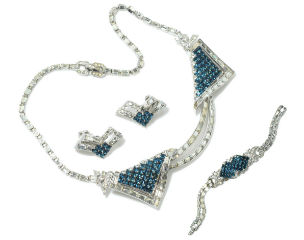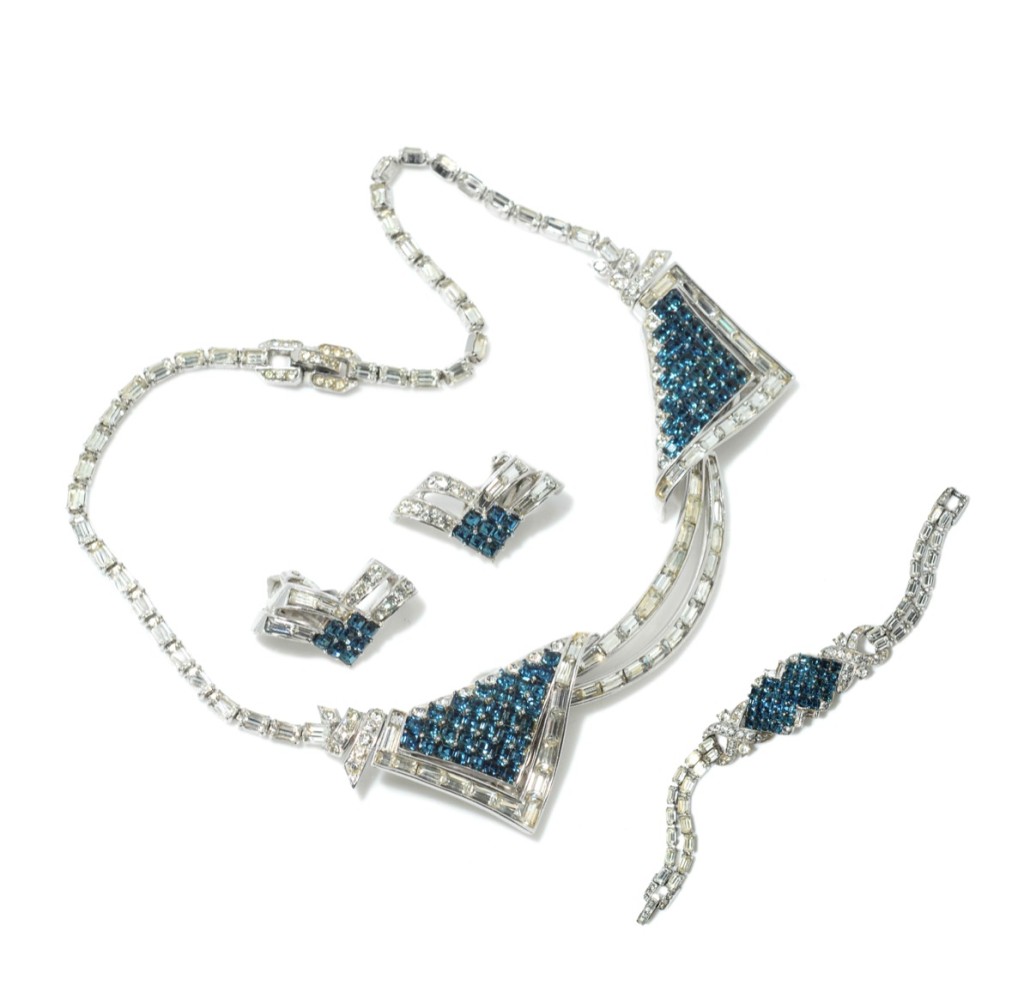
LONDON – It’s a charity shop in a prosperous town (no, I’m not letting on which) that we call on often. I buy books and CDs; the Business Manager, (Mrs. P) buys costume jewelry. All of it is really stylish and much of it so inexpensive that, if money is tight, it’s good enough to give as Christmas presents. She assures me it remains highly wearable.
Just how wearable ladies can discover for themselves at New Year antiques fairs in Knutsford, Cheshire and Harrogate, Yorkshire where there will be stands selling glittering collections alongside Art Deco prints and ceramic figures – the era when costume jewelry first appeared.
It might all glitter, but gold it ain’t, which is the whole point: It was the early 20th century before manufacturing techniques and specialized mass-production machinery first appeared that was capable of making base metals and glass sparkle like the finest gem-set jewelry.

The phenomenon was not new, however. Eighteenth century aristos flaunting their diamonds and emeralds in the European courts prompted an increased demand for imitations, and in 1758 the Viennese goldsmith Joseph Strasser hit on the idea of using so-called paste glass. When polished with metal powder, this heavy, translucent glass with a high lead content, appeared to shimmer in the light like the real thing.
Victorian ladies loved their paste jewelry, while the Austrian glass-cutter and jeweler Daniel Swarovski (1862-1956) used the same high-lead-content glass to produce his famous crystals. When backed with foil, they were capable of emulating almost any gemstone.
The deceit was completed in 1892 when he patented an electric machine capable of cutting the crystals in quantity. Rhinestones were originally rock crystals found in the river of the same name, but Swarovski began producing crystal rhinestones in the 1950s.
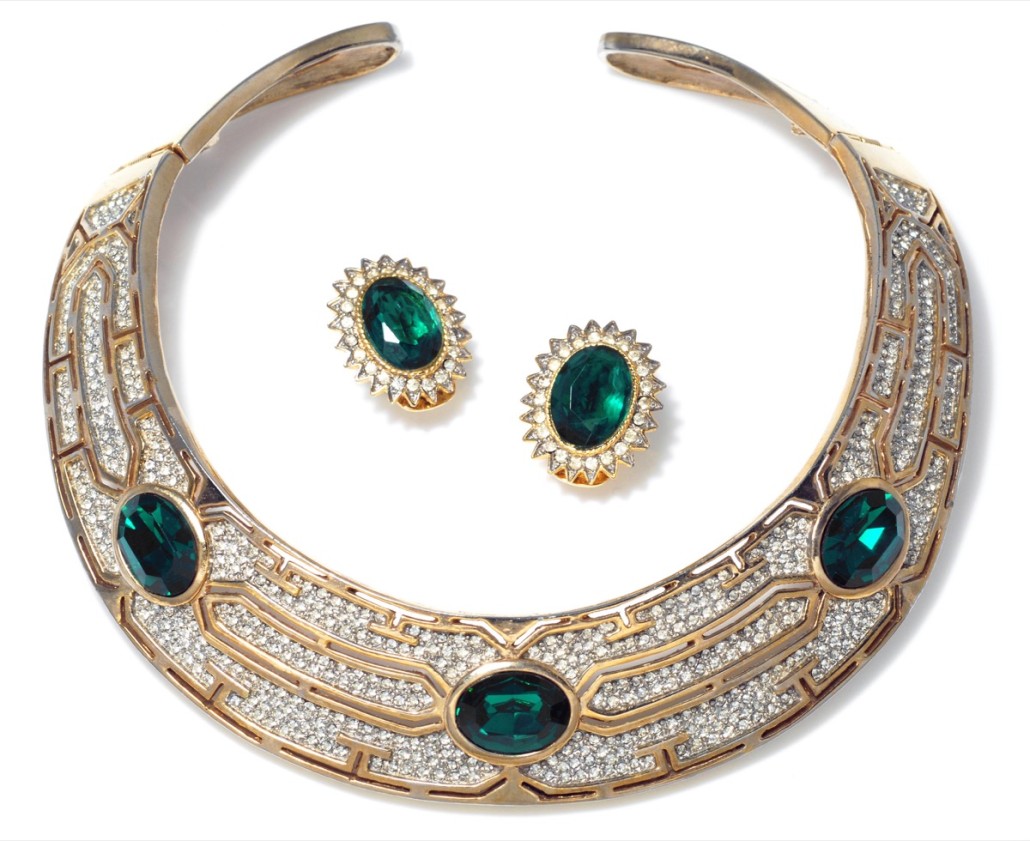
The Jazz Age of the 1920s saw the birth of the modern costume jewelry movement. Emancipated woman was no longer the stay-at-home wife restricted to wearing only the jewelry inherited by her husband and worn by her as a show of his wealth.
Instead, she raised her hemlines and went to work, experimenting with the moderne: the new colored plastic Bakelite, developed by Belgian chemist Leo Baekeland in New York in 1907, other synthetics such as celluloid and acetate and chrome, all throwaway commodities that could be replaced as the whims of fast-changing fashion demanded.

By the 1930s, working girls could afford Hollywood chic and doyenne of the costume jewelry movement, Coco Chanel, declaring: “It doesn’t matter if it’s real as long as it looks like junk!” She and her great rival Elsa Schiaparelli led the Paris coterie of designers who dictated style with their big, bold statement pieces with fake gemstones and abstract shapes.
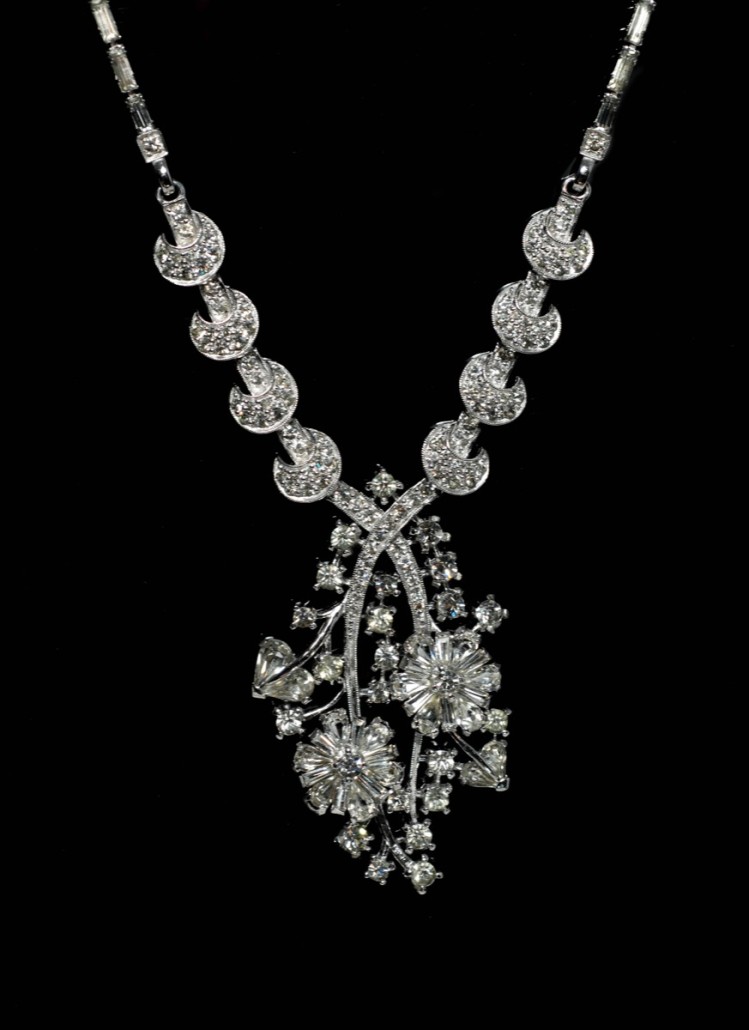
By the second half of the 20th century, costume jewelry designers were enjoying a golden period when, ironically, the rich and famous responded by wearing the stuff even though they could easily afford of the real thing.
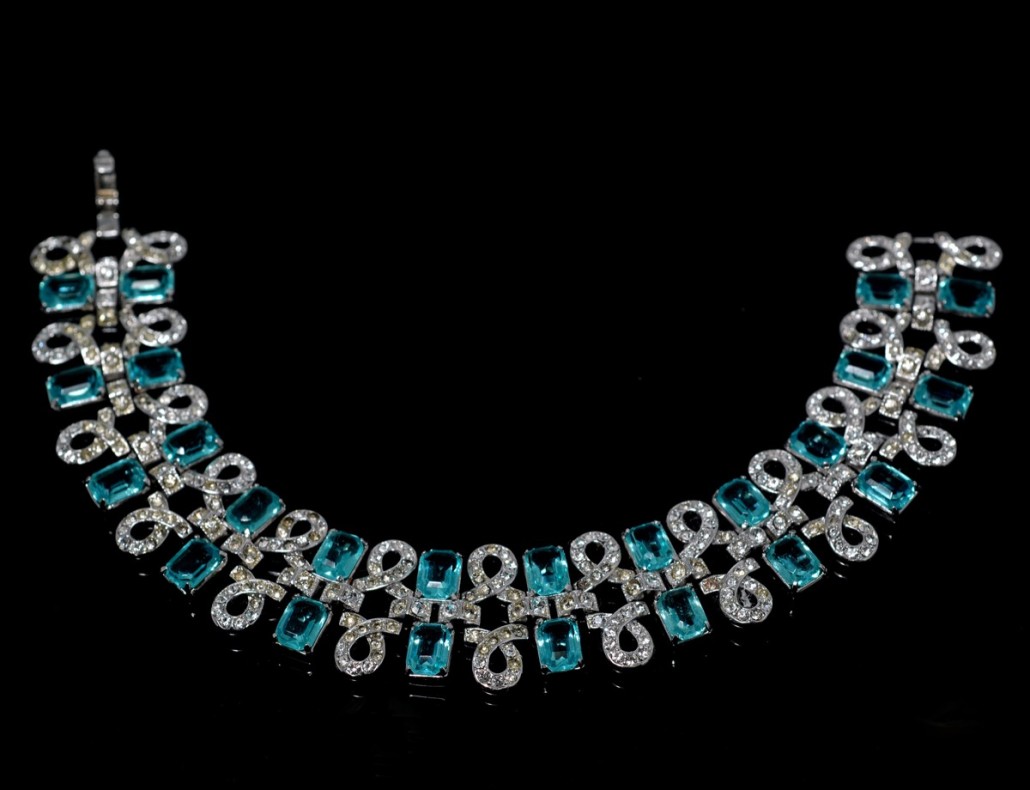
Surrey dealer Candice Horley specializes in 20th century costume jewelry from the major European and American designers and pictured are some of the pieces she will have on sale at Tatton Park antiques fair on Jan. 8-10 and at the Pavilions of Harrogate fair at Yorkshire Showground on Jan. 22-24.
___
By CHRISTOPHER PROUDLOVE


